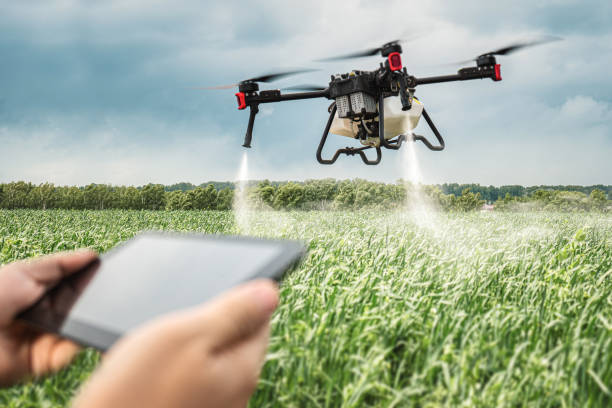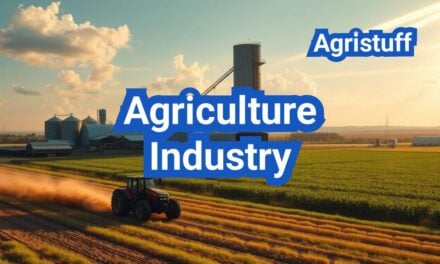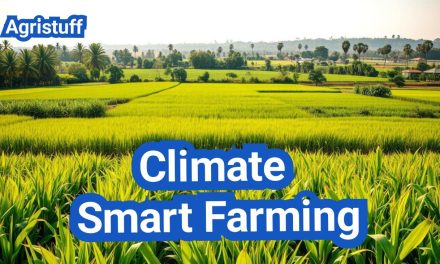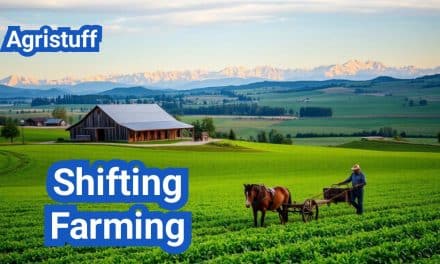In today’s fast-evolving agricultural landscape, drones are emerging as a game-changer. These high-tech tools, equipped with advanced sensors, cameras, GPS modules, and flight controllers, are transforming how farmers manage their fields. By leveraging machine learning and artificial intelligence (AI), agricultural drones provide unparalleled data insights, enabling smarter decision-making. From crop monitoring and soil analysis to pest detection and irrigation management, drones are redefining farming efficiency. However, their adoption also comes with regulatory and ethical considerations that must be addressed to ensure responsible use.
How Agricultural Drones Work: Key Components and Capabilities
Agricultural drones, or unmanned aerial vehicles (UAVs), are built with three core components: aerial platforms, payload systems, and data processing tools. Fixed-wing drones are ideal for large-scale field mapping, while multirotor drones excel in precision tasks like targeted spraying. Equipped with multispectral, LIDAR, and thermographic sensors, these drones collect critical data on crop health, soil conditions, and irrigation needs. Advanced technologies like Geographic Information Systems (GIS), AI, and the Internet of Things (IoT) then process this data, offering actionable insights to optimize farming practices.
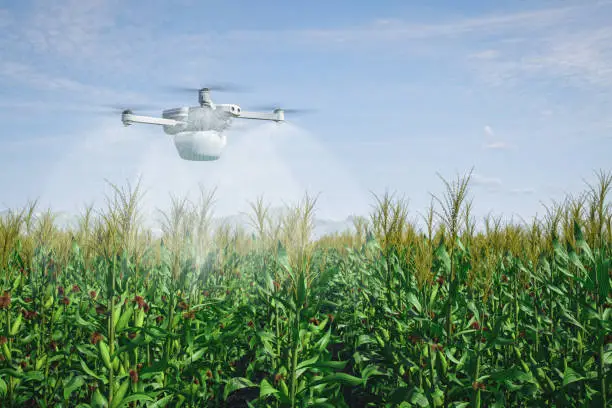
Applications of Drones in Precision Agriculture
Drones are revolutionizing precision farming by providing real-time, data-driven insights. They play a crucial role in crop health assessment, using multispectral sensors to detect stress before it becomes visible. In irrigation management, thermal cameras identify water stress zones, ensuring efficient water use. Drones also aid in yield prediction, crop insurance assessments, and soil analysis, helping farmers plan better and reduce risks. As agriculture moves toward sustainability, drones are becoming indispensable tools for maximizing productivity while minimizing environmental impact.
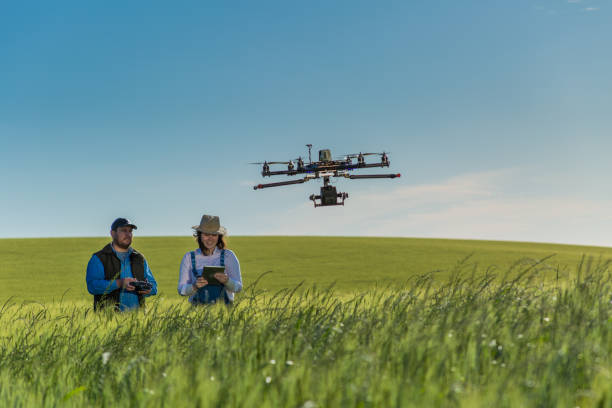
Regulations and Ethical Considerations for Agricultural Drones
The use of drones in agriculture is governed by strict regulations, such as the FAA’s Part 107 rules in the U.S. These guidelines mandate visual line-of-sight operation, altitude limits, and operator certification. Ethical concerns, including data privacy and environmental impact, also come into play. While drones reduce human labor and carbon footprints, their manufacturing and disposal raise sustainability questions. Balancing technological advancement with ethical responsibility is key to ensuring drones benefit both farmers and the environment.
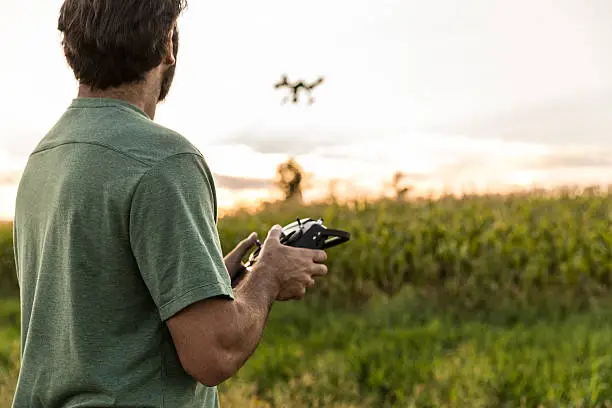
Economic and Environmental Benefits of Agricultural Drones
Drones offer significant economic and environmental advantages. They reduce labor costs, optimize resource use, and improve crop yields through precision spraying and targeted fertilization. By minimizing chemical runoff, drones also help protect ecosystems. Additionally, drones support climate-smart practices like carbon sequestration and cover cropping, contributing to sustainable farming. Their ability to predict weather patterns and monitor livestock further enhances their value, making them a cornerstone of modern agriculture.
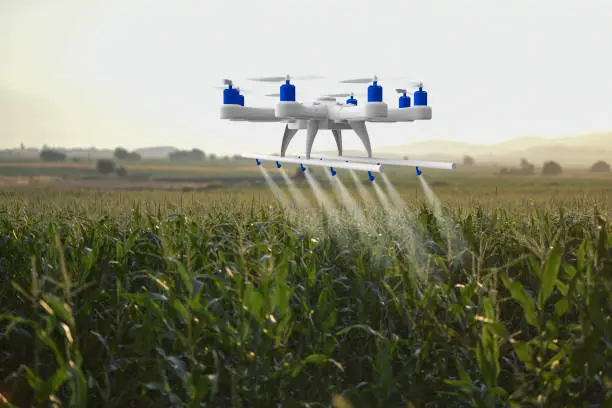
The Future of Drones in Precision Agriculture
The future of farming is taking flight with drones. Innovations in multispectral imaging, AI, and autonomous navigation are pushing the boundaries of precision agriculture. Drones are now capable of predicting crop diseases, optimizing irrigation, and even herding livestock. As technology advances, drones will play an even greater role in creating a sustainable, resilient food system. While challenges like regulatory hurdles and ethical concerns remain, the potential of drone technology in agriculture is undeniable.

